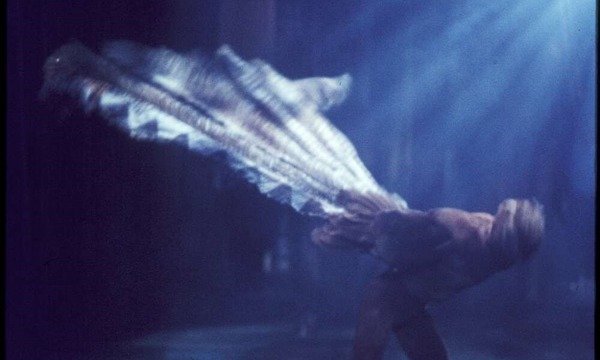
After completing the first Ned Kelly series in mid-1947, Sidney Nolan’s ambition to address the landscape and mythologies of Australia in a new way significantly expanded beyond his more familiar terrain of northern Victoria. On his trip through northern Queensland in that year, he witnessed the wide expanse of the dry savannah for the first time and came back determined to see more. Over the next three years he undertook two further extensive journeys through Central Australia and Queensland with his new wife Cynthia, a writer. Taking photographs, notes, and some drawings, back into the studio in Sydney, Nolan developed cycles of work addressing the failures of historic colonial encounter, the ironies and richness of this so-called ‘dead centre’, and his personal response to the sheer overwhelming scale of the country.
Nolan’s fascination for Central Australia at mid-century came at a time of growing popular and creative interest in these dry inland landscapes, as less of a frontier and more place of yearning for an imagined ‘real’ Australia. The sparsely populated region, as large as the whole of Europe, with its iconic landforms, offered a sense of mystery and spiritual or surreal encounter, and the simplified landscape forms appealed to a modern sensibility. While both Sidney and Cynthia wrote extensively, and with respect, for the Aboriginal people that they met, Nolan chose not to represent them in his work at this time.
The display features paintings from the Foundation Collection, alongside some of the reading material Sidney and Cynthia Nolan absorbed in their creative research, and a group of works loaned by Duncan Reeder. The works were collected by his late father, the curator and art museum director Warwick Reeder.
Image:
Sidney Nolan, Central Australia 1950,
Ripolin oil enamel, Dulux alkyd and Duco nitrocellulose on Masonite




